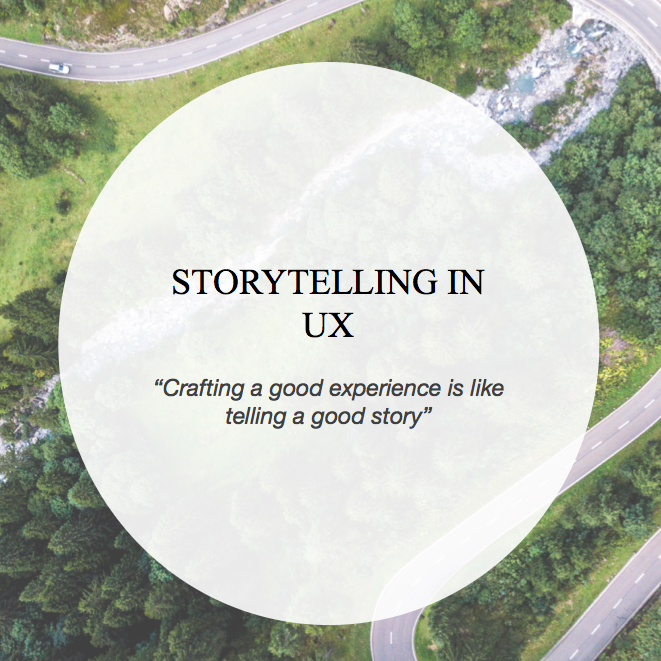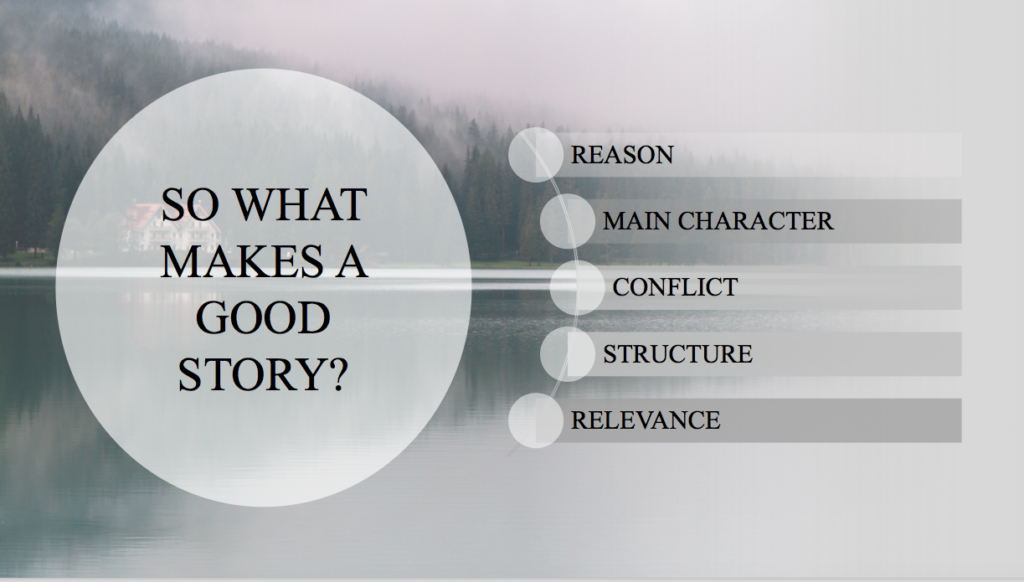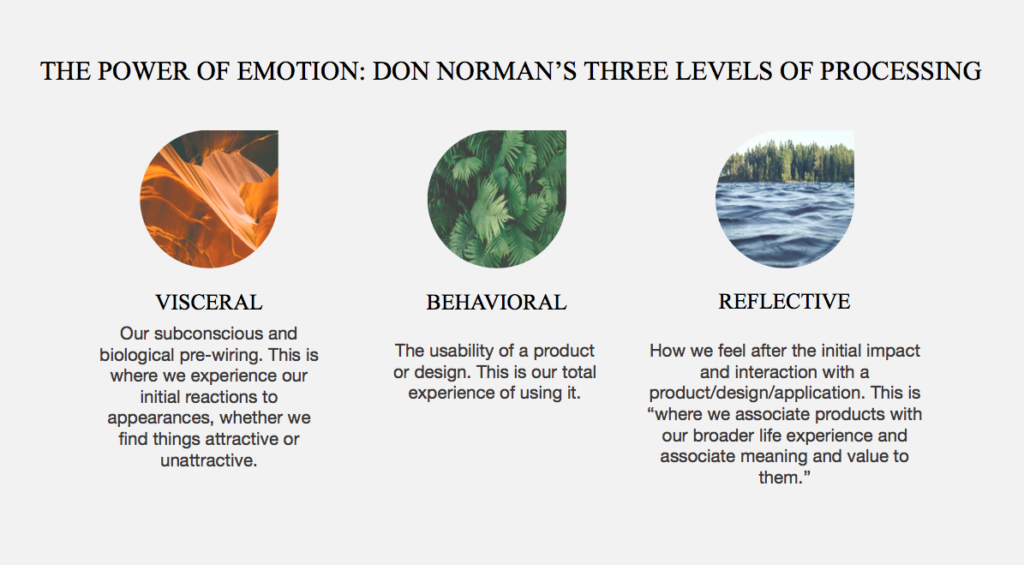Everyone loves a good story, it’s how we connect and communicate with one another. Storytelling in user experience is no different. The benefits are more than just communicating and connecting with your audience – by approaching UX through the lens of a storyteller, one can significantly strengthen both the presentation as well as their own understanding of research and findings.
Listed below are some of the benefits of storytelling in UX
- Offering a way of communication: Stories offer a different way of communicating with each, whether between clients and UX professionals, or the various teams involved in the research process.
- People are more likely to remember stories: More memorable than plain facts, stories make information easier to digest. Cognitive research has extensively studied the impact of storytelling on a person’s ability to retain information and how we learn new things.
- Stories can be persuasive: One of the most powerful tools of storytelling is the ability to inspire people into action, they can positively impact how users interact with a product or a brand, or persuade clients to make changes for improvement.
- They entertain: Stories capture attention. Typically, a site/product has around 10-20 seconds to grab a user’s attention before they leave and move on. Stories offer a way to draw users in through entertainment.
- They create shared experiences: Stories are more than just a transfer of information, they help build connections with the audience. When stories bring relevance to the lives of their audience, they’re drawing on the concept that people are not logical creatures, rather we engage through our emotions.
Now that we’ve addressed some of the benefits of storytelling, how do we incorporate them in UX? Below are the key fundamentals to telling a good story.
- Reason
The most important fundamental of storytelling is the WHY. Start by addressing why you are doing what you are doing. What is the main point you want your audience to take away? Without a reason, you have no story.
- Main character
The main character is the hero of the story. The hero is not you, or the brand or product, the hero is the user that you are serving. You are there to assist and help the user through their journey. You are the Alfred to their Batman and you help the user get things done (Dan Nessler, 6 Storytelling Principles to Improve Your UX).
- Conflict
The conflict is where you illustrate a point of pain. This helps your team see a problem from the user’s perspective. UX is all about seeing from the user’s perspective, it’s about finding and resolving the conflicts that they deal with.
- Structure
This is how the story will be organized. The most common and successful method is the three-act structure (beginning, middle, and end). This can align with customer journey mapping and can help you understand the users’ motives and end goals.
- Relevance
A good story creates awareness in the listener by sharing something they can relate to. As previously stated, people are not logical, we engage more when our emotions are involved. Stories unite ideas with emotions. The goal is to tell a story that triggers emotion in the hopes that the audience will walk away with a positive experience and a desire to share those experiences.
Storytelling in UX combines the power of cognition and emotion. Don Norman expands on the power of emotion through his three levels of processing: visceral, behavioral, and reflective.
But maybe storytelling isn’t for everyone, some people may not feel confident enough in their ability to tell a good story. The great thing about storytelling in UX is that it doesn’t require you to have a background in creative writing or literature, stories are being told through various methods currently commonplace in UX design and research. User personas, journey maps, interactive design elements, scenarios, and gamification are just a few examples. These methods offer ways to visualize and organize your findings and research and they serve as storytelling elements. A story is just another way to frame user experience, and a compelling one at that.
“Stories are a powerful tool in user experience design. They can help you understand users—and their experiences—better, communicate what you’ve learned, and use that understanding to create better products.”
-Whitney Quesenbery & Kevin Brooks, Storytelling for User Experience


